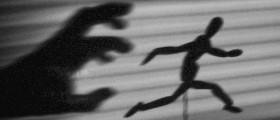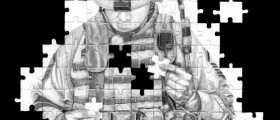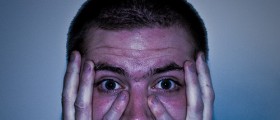
Body dysmorphic disorder is a mental disorder characterized by constant and overwhelming preoccupation about flaws in the appearance, which are either imagined or minor and negligible. This disorder is sometimes called “imagined ugliness”.
A person suffering from body dysmorphic disorder strongly believes that there is a flaw or more flaws in his or her appearance that make them unattractive and ugly, which causes shame and avoidance of social interaction. These persons often seek to repair the flaws, for example through cosmetic surgery. No matter how many surgeries they might have, they never seem to be satisfied.
The treatment for body dysmorphic disorder usually comprises of medication and cognitive-behavioral therapy.
The symptoms of body dysmorphic disorder include strong preoccupation with physical appearance, believing that there is a defect or abnormality that everyone sees, excessive grooming, hiding the flaws with clothes and make up, refusal to appear in photos, skin or hair plucking, avoiding social situations and similar.
The parts of the body that are usually perceived as defective are the face, the skin, nose, lips, ears, hair, breasts, legs, genitalia and muscle size.
For people who have body dysmorphic disorder it does not matter how much friends, family and everyone else convinces them that their appearance is fine and that there are no flaws or defects.
Tests and diagnosis for body dysmorphic disorder
If a doctor suspects that a person might be having body dismorphic disorder, he or she will do a number of tests, both physical and psychological, to confirm that suspicion. The physical exam usually includes body weight and height measuring, checking vital signs such as heart rate and blood pressure, examining the abdomen, the lungs and other organs, as well as ordering blood tests.
Psychological evaluation consists of talking with the patient about his or her thoughts, feelings, activities, behavioral patterns, about the symptoms, when they started and how they affect the life of the patient.
Body dysmorphic disorder may be difficult to diagnose because it resembles other mental disorders, such as anorexia nervosa, bulimia, obsessive-compulsive disorder and such. In addition, this particular disorder is believed to be underreported exactly because the patients feel ashamed of themselves and their appearance and rarely seek professional help. This is where the family, friends and loved ones should become involved, so the person suffering from body dysmorphic disorder can get all the help he or she needs and continue living a normal, satisfied life.

















Your thoughts on this
Loading...